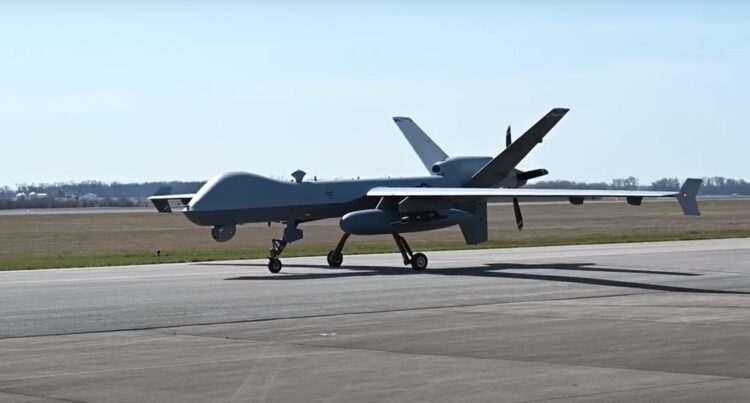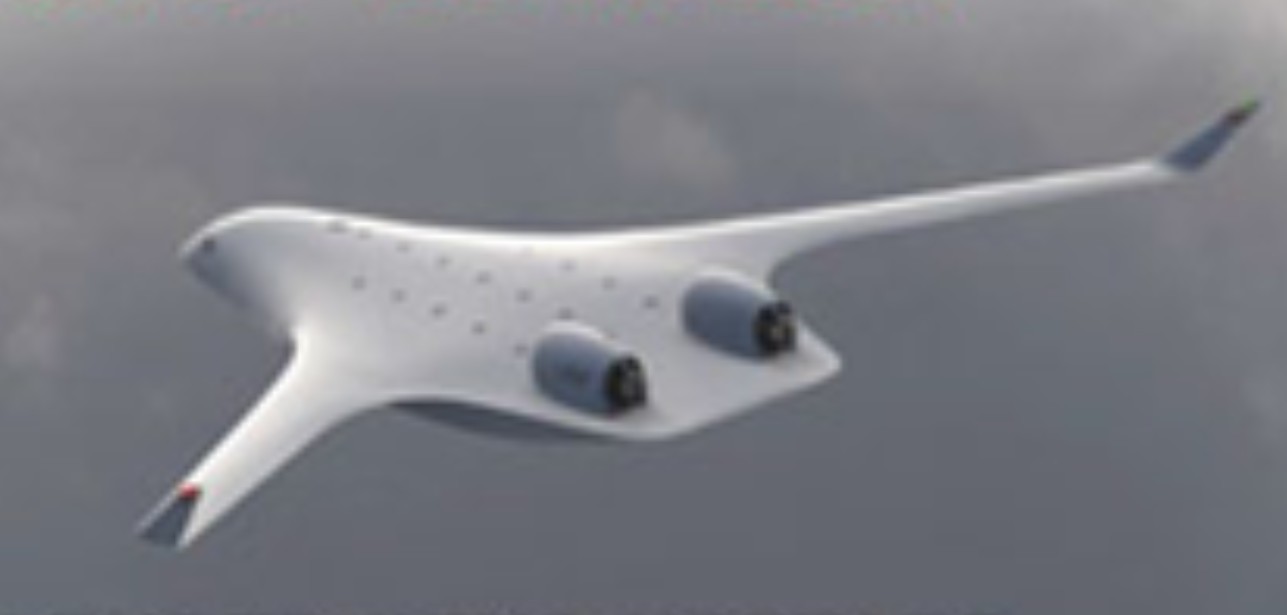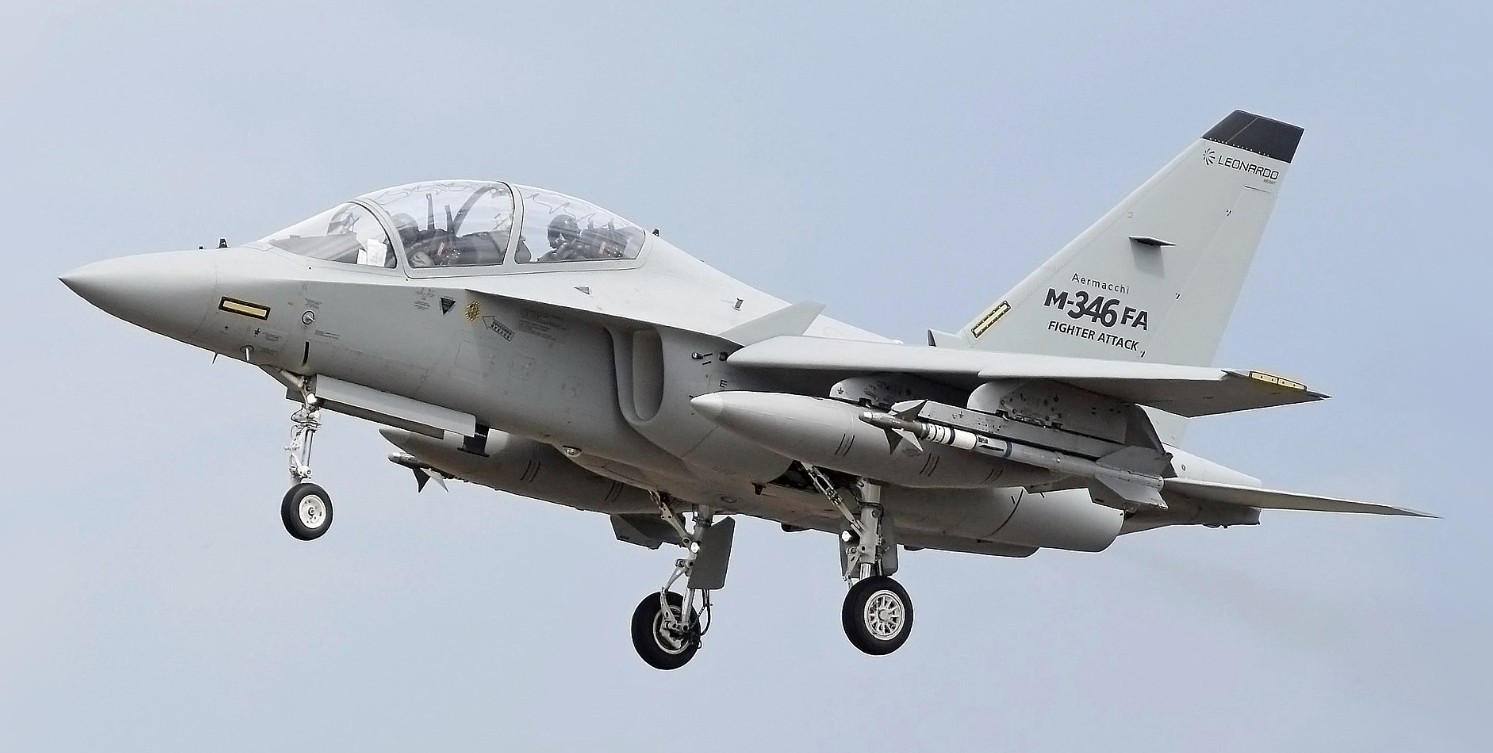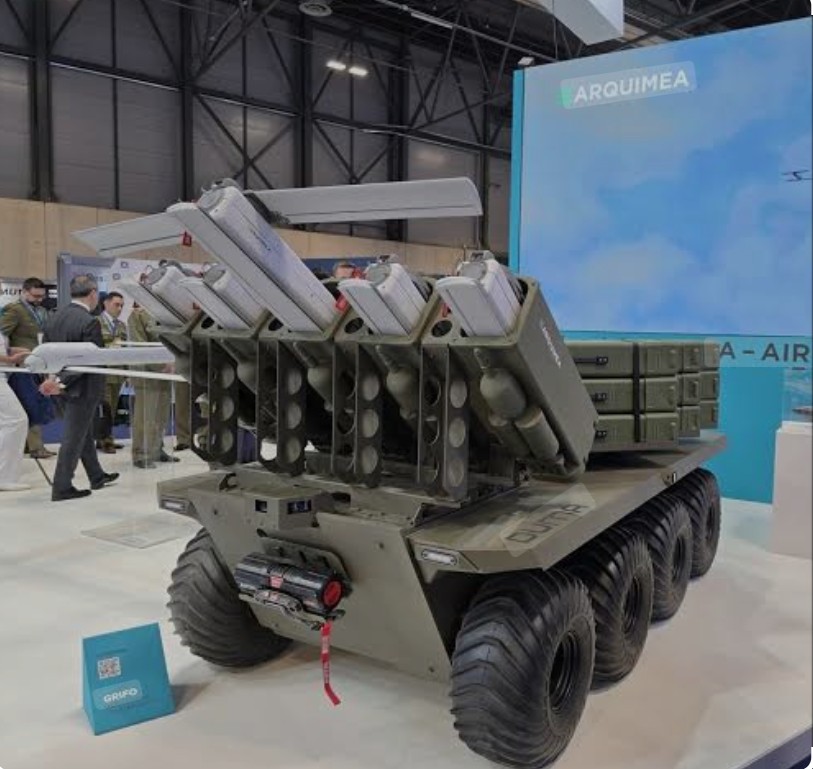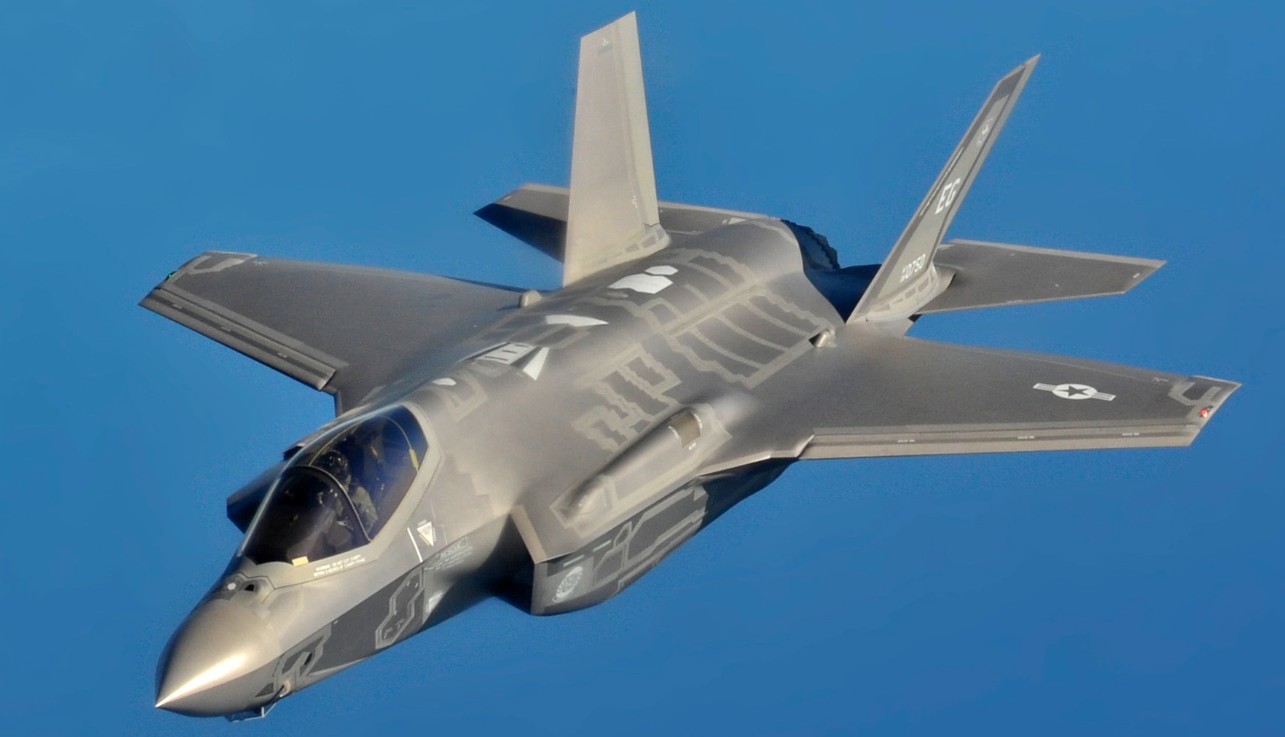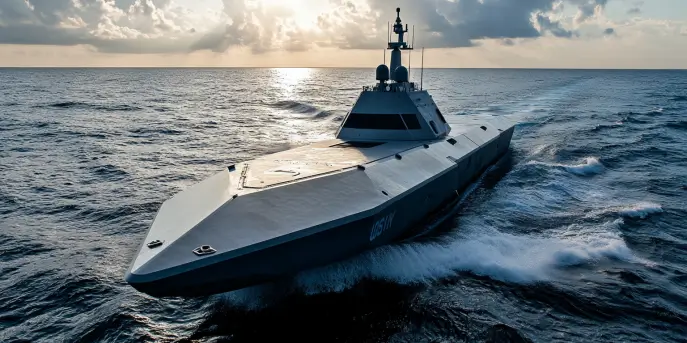Overview of the MQ-9 Reaper
The General Atomics MQ-9 Reaper stands as a hallmark in unmanned combat aerial vehicle (UCAV) technology. As an evolution of the MQ-1 Predator, the Reaper has redefined how militaries across the globe conduct surveillance and combat operations. With its introduction in the early 2000s, the Reaper marked a significant leap forward in terms of endurance, payload capacity, and sophistication.
Technical Specifications
One of the defining aspects of the MQ-9 Reaper is its impressive set of specifications that enable its versatile role on the battlefield. Below is a table highlighting key technical specifications of this UCAV:
| Specification | Details |
|---|---|
| Crew | Unmanned |
| Length | 11 meters (36 feet) |
| Wingspan | 20 meters (66 feet) |
| Maximum Takeoff Weight | 4,760 kg (10,500 lb) |
| Powerplant | Honeywell TPE331-10 turboprop engine |
| Maximum Speed | 480 km/h (300 mph) |
| Range | 1,850 km (1,150 miles) |
| Endurance | 27 hours |
| Ceiling | 50,000 ft (15,240 meters) |
Multifaceted Capabilities
The MQ-9 Reaper’s capabilities extend far beyond traditional surveillance. Equipped with multiple tools and advanced technology, it can engage targets with accuracy while providing real-time intelligence to ground commanders. The integration of various sensors, like the AN/APY-8 Lynx II radar and high-resolution video cameras, ensures that the Reaper can perform its tasks effectively in diverse operational environments.
Furthermore, the Reaper’s armament capacity allows it to carry a variety of weapons including the AGM-114 Hellfire missiles, GBU-12 Paveway II laser-guided bombs, and more. This arsenal empowers defense forces to conduct precision strikes, minimizing collateral damage and enhancing mission success rates.
Historical Significance
The MQ-9 Reaper has played a pivotal role in numerous military operations, demonstrating its combat effectiveness time and again. Its operational history shows extensive use in conflict zones like Afghanistan, Iraq, and Syria, providing vital air support and intelligence for coordinated operations. The ability to remain airborne for extended periods allows it to sustain operations and continually relay critical information to decision-makers.
Future Developments
Looking ahead, the MQ-9 Reaper is expected to undergo continuous upgrades to stay ahead of evolving threats and technological demands. Future developments may include enhanced stealth features, more robust countermeasure systems, and improved automation capabilities. As defense needs evolve, so will the Reaper’s ability to meet them, ensuring its relevance for years to come.
Impact on Modern Warfare
The introduction of the MQ-9 Reaper has significantly altered the landscape of modern warfare. Its ability to perform both reconnaissance and offensive operations without risk to human life has been a crucial factor in its widespread adoption. Moreover, the operational cost-effectiveness of the Reaper makes it an attractive choice for many military forces.
It’s not only a tool for combat, but also a symbol of how technology can enhance and influence modern military tactics. The Reaper’s utilization has prompted discussions around ethical considerations in warfare, particularly in terms of decision-making autonomy and accountability in unmanned systems.
Conclusion
In summary, the General Atomics MQ-9 Reaper is an embodiment of cutting-edge UCAV technology that has proven its worth in numerous conflict scenarios. As technological advancements continue to propel the capabilities of unmanned systems, the Reaper remains a critical component of the modern defense playbook.
